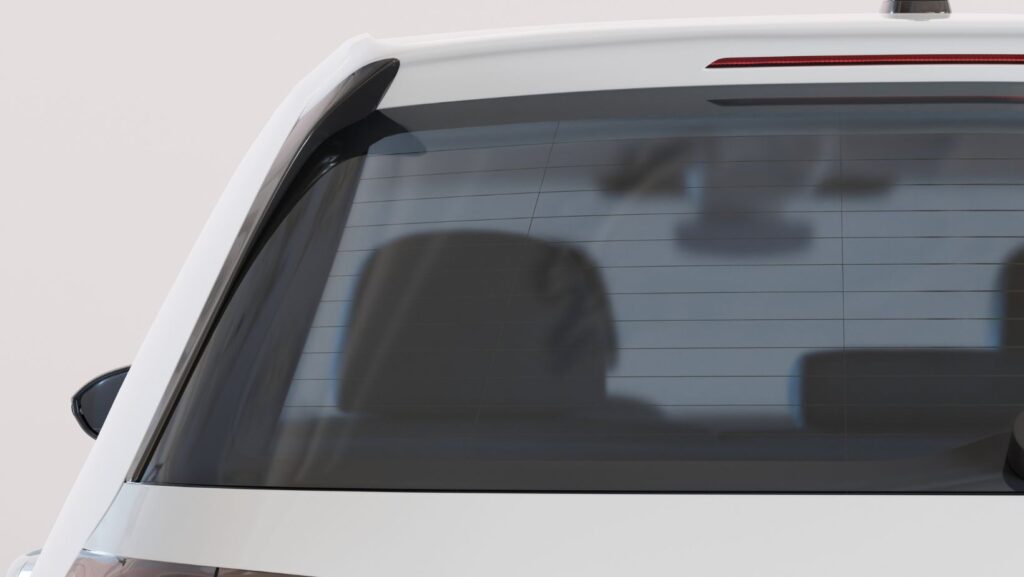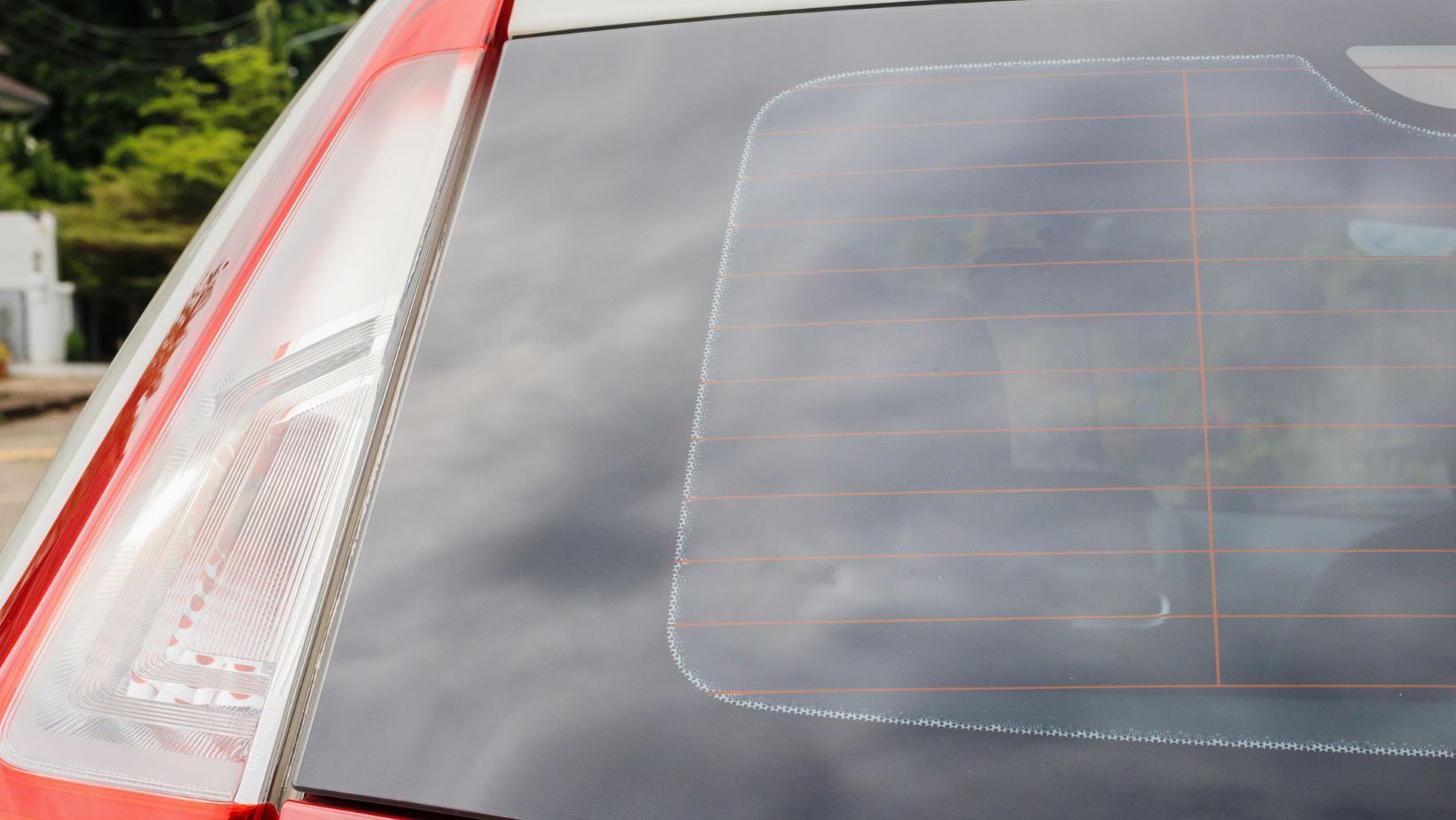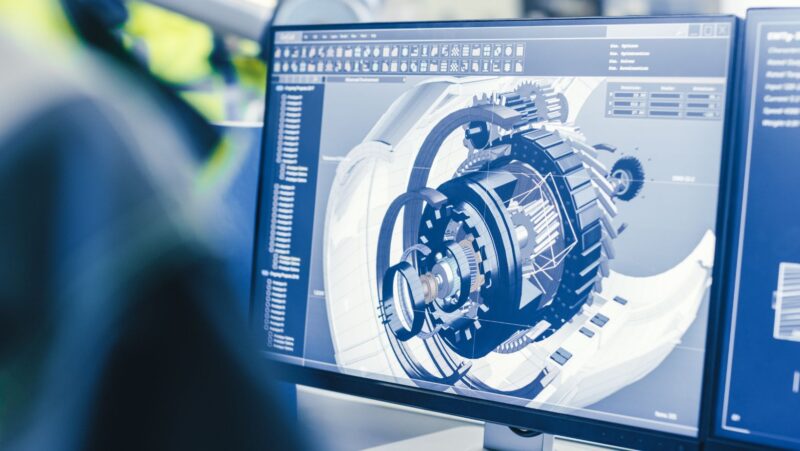
Introduction
Whether you’re buying a brand-new car or a well-used one, understanding what you’re actually getting is essential. A vehicle might look clean, drive well, and seem like a great deal—but unless you know exactly what it came with from the factory, you’re taking a risk. That’s where a window sticker by VIN comes in. This tool allows you to see the original features and pricing information for any car, directly from the manufacturer. Alongside a VIN check, a VIN number lookup, and other related resources, the window sticker helps you make smarter buying decisions.
In this guide, we’ll explore what a window sticker is, why it matters, and how pairing it with tools like a VIN decoder and vehicle specs by VIN lookup can give you complete confidence in any car purchase.
What Is a Window Sticker?
A vehicle window sticker—also known as the Monroney sticker—is a federally mandated label that is required on all new vehicles sold in the United States. It includes important data like:
- Manufacturer’s Suggested Retail Price (MSRP)
- Vehicle make, model, and trim
- Engine and transmission specs
- Fuel economy ratings
- Emissions information
- Standard features
- Optional equipment and packages
- Final assembly location
This information gives buyers a transparent look at what the vehicle offers and what it originally cost. Unfortunately, most used vehicles no longer have this sticker physically present. However, by using a window sticker lookup, you can recover this valuable information digitally.
Why the Window Sticker by VIN Matters
Let’s say you’re browsing used vehicles and find two that look nearly identical—same year, same model, even the same color. One is priced $2,000 higher. The seller says it’s because the car has more options. But how do you know for sure?
Using a window sticker by VIN, you can instantly verify the original configuration of the vehicle. This includes whether it has upgraded technology, premium safety features, a better sound system, or appearance packages that would justify the higher price.
Without this tool, you’re relying on the seller’s word—or worse, guessing.
The Power of a Window Sticker Lookup
The window sticker lookup allows you to retrieve the Monroney label using the vehicle’s unique 17-digit VIN. You’ll be able to view:
- Original equipment (standard and optional)
- MSRP and price breakdowns
- Official EPA fuel economy ratings
- Crash test scores
- Factory-installed features
This information is useful whether you’re buying from a dealership, a private party, or an auction. It levels the playing field and gives you confidence that you’re not overpaying or missing out on important features.
What the Monroney Sticker Can Tell You
The Monroney sticker isn’t just a list of features—it’s a tool for understanding how a car was positioned in the market when it was new. Some of the things it can help you identify include:
- Trim level distinctions (e.g., base vs. sport vs. luxury)
- Whether safety features were standard or optional
- The cost and availability of specific packages
- Performance upgrades
- Emissions and compliance ratings
Knowing these details helps you not only assess value, but also compare vehicles fairly.
How a VIN Number Lookup Complements the Sticker
The window sticker tells you how the car was built. But what happened after it left the factory? That’s where a VIN number lookup comes in. This tool allows you to check a vehicle’s history using the same VIN. You can uncover:
- Accident and damage history
- Ownership changes
- Odometer readings
- Title status (clean, salvage, rebuilt, etc.)
- Recall notices and repairs
- Registration across different states
A VIN check ensures that the car you’re looking at hasn’t been in a major accident or declared a total loss—two issues that could significantly affect safety and value.
Understanding Vehicle Specs by VIN
Technical specifications matter, especially if you’re looking for a vehicle that meets specific needs. A vehicle specs by VIN lookup extracts information from the VIN that includes:
- Engine type and size
- Transmission type
- Drivetrain configuration (FWD, RWD, AWD)
- Towing capacity
- Fuel type and emissions rating
- Vehicle class and dimensions
This is particularly important for buyers shopping for trucks, SUVs, or performance vehicles. You don’t want to assume you’re buying a V6 when it’s actually a four-cylinder.
How a VIN Decoder Works
The VIN decoder is a powerful tool that breaks down the 17-digit VIN into detailed data. Each character (or group of characters) in the VIN provides specific information about the vehicle’s:
- Manufacturer and country of origin
- Model and engine type
- Body style and restraint system
- Production plant and year
- Unique serial number
A decoder helps you double-check seller claims, especially for imported vehicles, limited editions, or models with multiple configurations.
The Role of a Free VIN Decoder
Sometimes, you don’t need a full report—just some quick info to get started. That’s where a free VIN decoder can help. It gives you basic data like:
- Year, make, and model
- Body style
- Trim level
- Engine type
- Transmission
This tool is perfect when you’re casually browsing or comparing several listings. It helps you rule out obvious mismatches and focus only on the vehicles that meet your criteria.
Real-World Example
You’re shopping for a used midsize SUV. You’ve found two that appear almost identical, but one is priced $3,000 more. The seller claims it includes a “Luxury Tech Package.” You run a window sticker lookup and discover the more expensive vehicle does have added features like adaptive cruise control, leather seats, and a premium audio system. The cheaper one is a base model.
In this case, the price difference makes sense. But in another scenario, a VIN check might reveal that the expensive vehicle was once declared a total loss after flood damage—and rebuilt. Now the lower-priced option seems like the better buy.
Conclusion
A window sticker by VIN is one of the most valuable tools you can use when evaluating a used car. It tells you exactly what the vehicle came with when it was new—something photos and seller descriptions can’t always do. Pair it with a VIN number lookup, VIN check, VIN decoder, and vehicle specs by VIN, and you have a full toolkit for verifying both the features and the history of any car you’re considering.
Whether you’re buying from a dealership or a private seller, using these resources can save you money, protect you from scams, and help you find the best possible deal.








